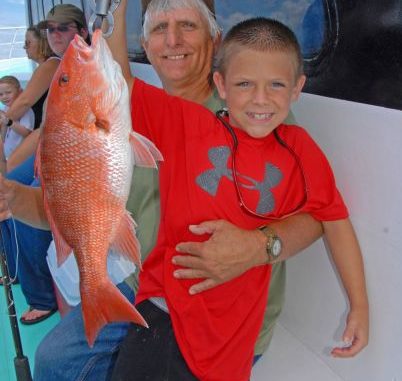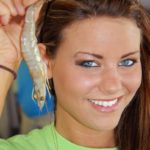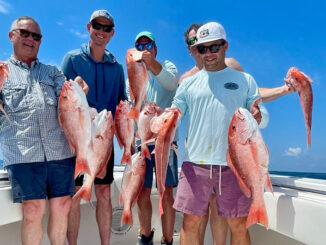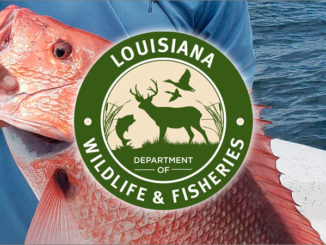
With snapper season already open in state waters, it’s time for a primer on tactics — old and new — to load up the freezer with fish.
It’s been years since we’ve been able to head out to the rigs in the spring and bring home red snapper, but that all changes this year.
Yep, the season in Louisiana waters kicked off March 24 — and the definition of what constitutes Louisiana waters has been broadened by the Louisiana Wildlife and Fisheries Commission to mean all waters within three marine leagues (10.357 miles) off the coast.
It’s important to note that federal authorities haven’t recognized the LWFC’s move to claim more water, but the LDWF (which makes up the lion’s share of fisheries enforcement personnel in state Gulf waters) has said its agents would only enforce state regs.
NOTE: It’s still a gamble on the part of anglers running out past the federally acknowledged three-mile boundary, but it’s a roll of the dice many will make.
To help those leaving Louisiana ports make the most of their time offshore, Louisiana Sportsman has put together some tips for success from guides across the northern Gulf.
Fly fishing tips
To fly fish for snapper, Orange Beach, Ala., Capt. Clif Jones puts out chum.
Jones uses either 11-, 12- or 13-weight fly line tipped with Clouser minnows and Deceivers.
When you see the snapper rise to feed on the surface chum, cast into the chum line and allow the fly to fall at the same rate as the chum.
The key is presenting the fly to the snapper naturally. As the fly floats back in the chum line toward the snapper, strip the line as you would normally retrieve the fly.
The the snapper will attack the moving fly.
Shrimp adds to chum lines
Retired guide Mark Sepe has found snapper can’t resist large, live shrimp, and he also believes in the power of chum.
Sepe uses a chum bag, but also puts out cut-up cigar minnows, menhaden and other small baitfish, as well as mashed-up baitfish; he throws them overboard and lets them drift down to the snapper.
The snapper follow the chum to the surface.
WD-40 losens up lockjaw
One of the strangest techniques for catching big snapper I’d ever seen was when Biloxi’s Capt. Jay Trochesset fished a 1/2-ounce jig head with a dead menhaden hooked on it.
He sprayed the menhaden with WD-40.
Trochesset let the jighead fall halfway to the bottom and jigged it up and down. No one else on the boat caught snapper, except the angler using WD-40.
Reefs, wrecks hold bigger fish
Mark Sepe, a retired charter captain out of Biloxi, said he fishes in water at least 90 feet deep when he’s hunting big snapper.
But he doesn’t head to the rigs.
Instead, Sepe finds some of the biggest snapper near the underwater wrecks and reefs, which tend to have less fishing pressure.
He fishes for big snapper well off the bottom and prefers to use light tackle.
Jig up some action
Biloxi’s Capt. Jim Twiggs catches 20-pound snapper using 30-pound-test main line, an 8-ounce lead sinker, a black barrel swivel, 50-pound-test leader and either a No. 4/0 or No. 6/0 hook.
If he doesn’t catch the big snapper with 50-pound-test leader, he tries 30-pound-test leader.
To the end of the leader, he ties a 1- to 2-ounce jighead with a dead shrimp tail-hooked on the jig. He determines where in the water column big snapper are holding by slowly lowering the jig and jigging at various depths until he gets a bite. This tactic catches snapper on the surface, as well as on the bottom and in-between.
After locating the snapper, Twiggs puts cigar minnows, squid or pinfish on his hooks and lowers them down to the proper depth to catch snapper.





